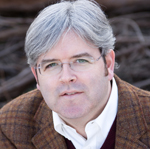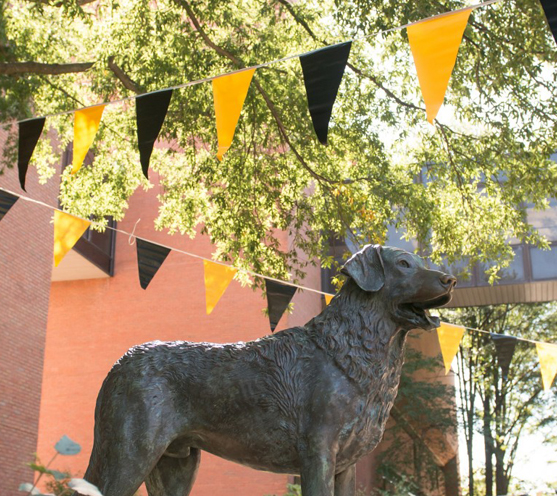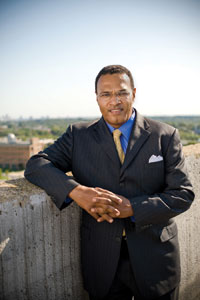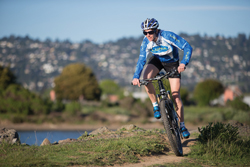 As the university and our alumni begin to plan for UMBC’s 50th anniversary in 2016, those of us who put together UMBC Magazine have been thinking hard about the history of the institution and how we tell its story.
As the university and our alumni begin to plan for UMBC’s 50th anniversary in 2016, those of us who put together UMBC Magazine have been thinking hard about the history of the institution and how we tell its story.
You saw some of the results of that process in our Fall 2014 issue, in which we recalled some of the greatest moments in the history of UMBC athletics. And you’re about to read more about our university’s past in this Spring 2015 issue, as we tell the stories behind some of the most prominent pieces of public art – some now vanished – on our campus. (See “Space in Time,” Page 14.)
But our mission at UMBC Magazine isn’t just to look back at our institution’s history. We’re also here to help our readers understand the university’s present and its future trajectory. That’s why we sat down with UMBC athletics director Tim Hall for his candid assessment of the program and where it is headed in our last issue. And it’s why we’re telling the story behind the latest installation of public art on our campus – Thomas Sayre’s Forum – and the collaborative process between the university and the Maryland Commission on Public Art that helped make it a reality.
The UMBC of today is driven by those collaborations. And its future will be determined by them. That’s why you’ll read about the UMBC researchers who have come together to collaborate with each other – and with fellow researchers at the University of Maryland, Baltimore (UMB) – to help those who have physical disabilities take advantage of technological innovations. (“The Sum of the Parts, Page 22.) And it’s why we talked with UMBC President Freeman A,. Hrabowski, III about the value of the university’s growing partnership with UMB and the historic links between the two schools. (“Up on the Roof,” Page 4.)
We’re also committed to telling you about how researchers at UMBC are looking for new routes into crystallizing and addressing some of the most controversial issues of our time. To mark the 50th anniversary of “Bloody Sunday” in Selma, Alabama, and the passage of the Voting Rights Act, UMBC Magazine talked with Tyson King-Meadows, professor of political science and chair of the university’s Africana studies department, about his work, which asks hard questions about the continuing legacy and unfulfilled promise of that landmark legislation. (See “Rights and Wrongs,” Page 28.)
We are proud of UMBC’s past, and in future issues, we will be asking you to share more of your stories about your experiences at the university. But as we start the journey to commemorate an important milestone in UMBC’s history, we are committed to letting you know about the university’s present and future as well – and hope that you’ll want to be a part of it.
– Richard Byrne ’86
Tags: spring 2015



